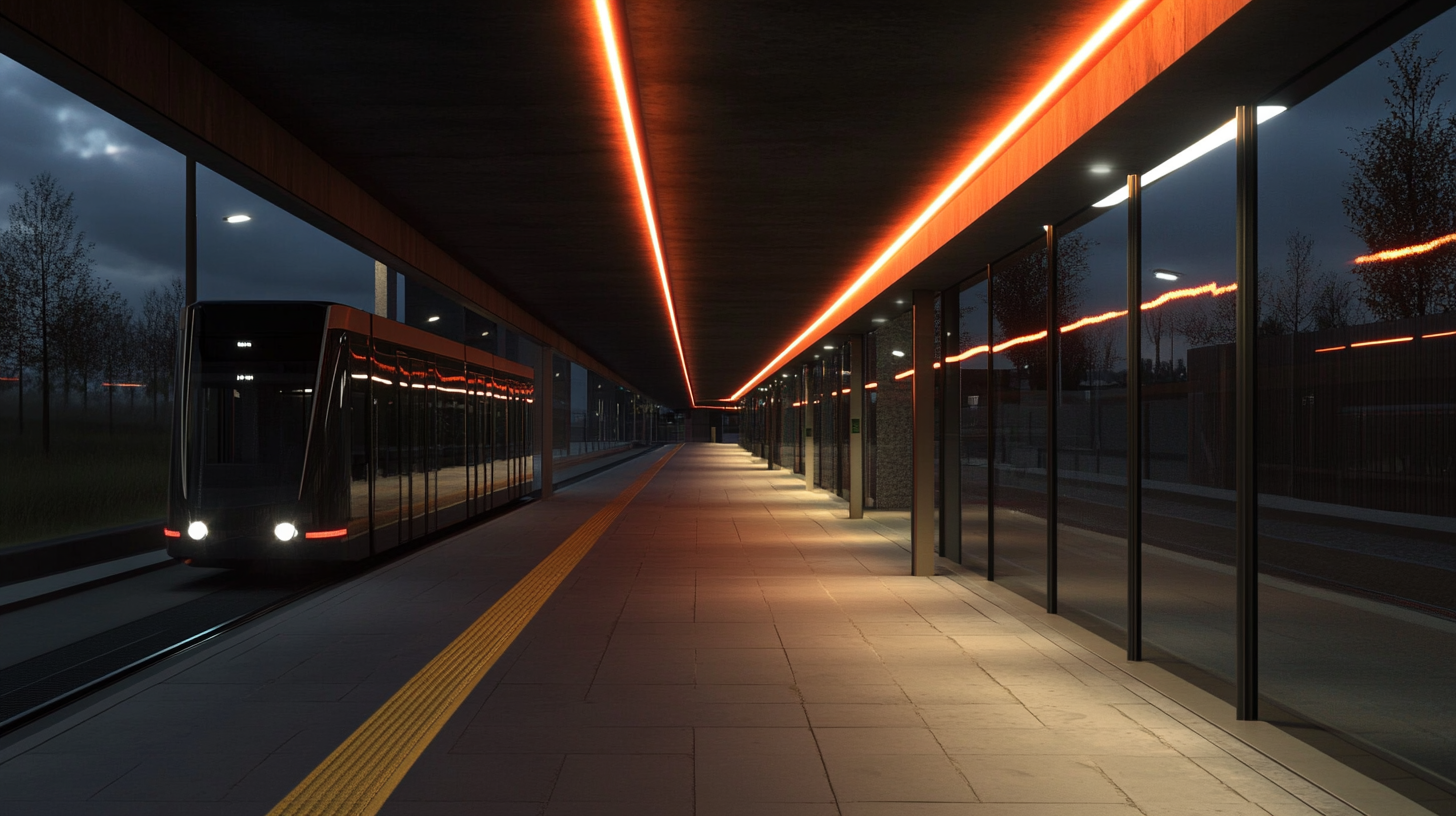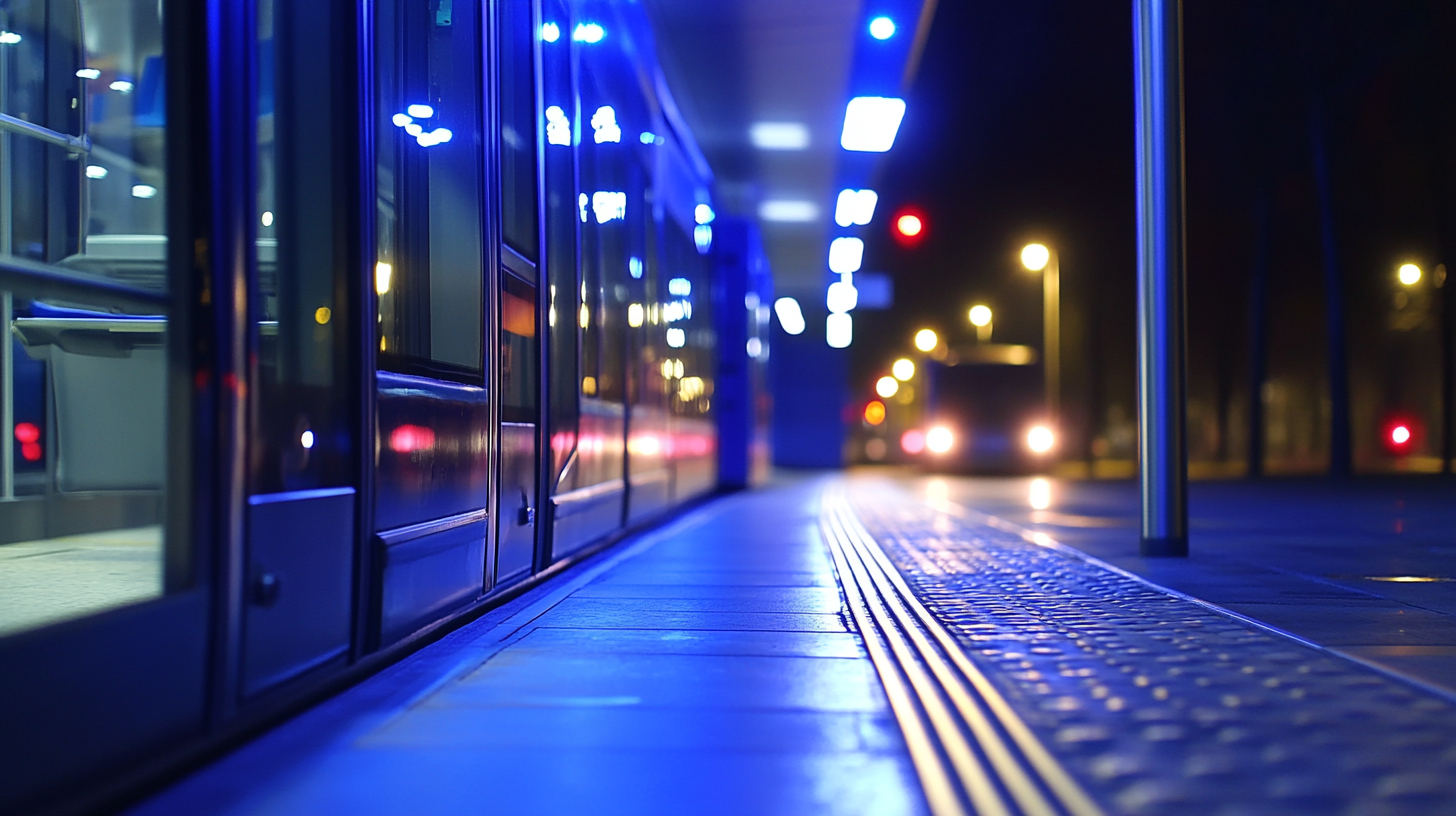Leave Your Message
-
Phone
-
E-mail
-
Whatsapp
-
Whatsapp


The global lighting busway market is poised for significant growth, projected to reach an estimated value of $2.3 billion by 2025, according to industry analysts. This innovative power distribution solution is revolutionizing commercial and industrial facilities by facilitating efficient installation and maintenance of lighting systems. Unlike traditional wiring methods, lighting busway systems offer a modular approach, enabling quick reconfiguration and scalability in response to changing operational needs. However, challenges such as space constraints and installation complexity continue to affect adoption rates. This blog delves into the innovative uses of lighting busway and highlights examples of how organizations are effectively overcoming these installation challenges, ultimately paving the way for a smarter and more adaptable lighting infrastructure in the years to come.

 The modern landscape of electrical systems is evolving rapidly, and one innovation that stands out is the installation of
Best Lighting Busway. This advanced approach to electrical distribution
offers numerous advantages that simplify installation and enhance performance. With its modular design, Best Lighting Busway allows for flexible configurations that can easily adapt to changing
layouts within buildings. This adaptability not only saves time during installation but also allows for future expansion
without extensive rewiring.
The modern landscape of electrical systems is evolving rapidly, and one innovation that stands out is the installation of
Best Lighting Busway. This advanced approach to electrical distribution
offers numerous advantages that simplify installation and enhance performance. With its modular design, Best Lighting Busway allows for flexible configurations that can easily adapt to changing
layouts within buildings. This adaptability not only saves time during installation but also allows for future expansion
without extensive rewiring.
Moreover, the reliability of Best Lighting Busway significantly reduces
common installation challenges faced with traditional wiring systems. The enclosed busway protects conductors from environmental
factors, minimizing the risk of short circuits or wear and tear. Additionally, the advanced heat dissipation properties improve
safety and efficiency, ensuring that the electrical system operates optimally even under high loads. By integrating
Best Lighting Busway into modern electrical systems, contractors can
deliver superior solutions that meet the demands of contemporary infrastructure while addressing the typical hurdles found
in conventional installations.
The rapid growth in electric vehicle (EV) adoption presents significant installation challenges, particularly in deploying effective Electric Vehicle Supply Equipment (EVSE). As site constraints increase, innovative solutions such as flexible power distribution systems become crucial. Industry reports indicate that EVSE installations require not only efficiency but also adaptability to various site conditions. By utilizing advanced busway systems, installation times can be drastically reduced, enabling faster deployment of charging infrastructure while addressing scalability challenges in ever-tightening spaces.
Moreover, the data centers are undergoing transformations driven by artificial intelligence (AI). As AI workloads demand high-density power and cooling solutions, integrating systems like medium voltage (MV) architectures can meet these heightened requirements. Recent studies highlight that innovation in busway technology allows for enhanced efficiency and resilience in data centers. The adoption of streamlined installation processes and robust protection mechanisms is essential to support the evolving landscape of both AI and electric vehicle charging. With busway systems, operators can save considerable time and resources, thus maintaining operational continuity through proactive design strategies.
This bar chart illustrates the percentage of installation challenges commonly faced when using busway systems and the innovative solutions developed to address those issues. Each installation challenge is matched with a specific solution, highlighting the effectiveness of innovation in overcoming obstacles.
The advent of busway technology has significantly transformed electrical distribution in commercial and industrial settings. One of the standout advantages is its ability to drastically reduce installation downtime. According to a report by the National Electrical Contractors Association (NECA), using busway systems can cut installation time by up to 30% compared to traditional conduit methods. This translates into less disruption for ongoing operations, allowing businesses to maintain productivity while upgrades or expansions are being made.
**Tip:** When planning a busway installation, ensure to involve experienced contractors who are familiar with this technology to maximize efficiency and minimize any potential hiccups during the process.
Busway systems not only streamline the installation process but also enhance overall efficiency in energy distribution. A study by the Electric Power Research Institute (EPRI) highlights that businesses can see up to a 15% increase in energy savings due to the reduced resistance and optimized load capacity of busways. This efficiency leads to less energy waste and lower utility bills, creating a win-win situation for both the environment and the company's bottom line.
**Tip:** Consider proper maintenance schedules for your busway system, as regular inspections can prolong the lifespan and efficiency of the installation, ultimately saving costs in the long run.
In today's rapidly evolving lighting industry, customizable busway systems are revolutionizing design versatility for various applications. According to a report by Research and Markets, the global busway market is expected to reach USD 3.54 billion by 2025, reflecting a compound annual growth rate (CAGR) of 6.5%. This growth underscores the increasing demand for flexible lighting solutions that can be tailored to specific requirements in diverse settings, from commercial spaces to industrial facilities.
One of the standout features of modern busway systems is their modular design, which allows for easy reconfiguration and expansion. As highlighted by the National Electrical Manufacturers Association (NEMA), such flexibility not only simplifies installation but also minimizes downtime during upgrades.
With options for various materials and finishes, designers can integrate these systems seamlessly into their projects, meeting aesthetic goals without compromising functionality. The incorporation of smart technologies into these systems further enhances their appeal, offering capabilities such as energy monitoring and automated controls. This adaptability not only addresses common installation challenges but also aligns with the growing trend toward sustainable and efficient lighting solutions.
Incorporating busway lighting systems into urban transport infrastructure not only enhances visibility and safety for passengers but also offers significant environmental benefits. These lighting systems are designed to be energy-efficient and durable, reducing both electricity consumption and maintenance costs. By utilizing LED technology and smart lighting controls, cities can lower their carbon footprints while providing a safer travel experience for commuters.

To maximize the effectiveness of busway lighting, consider these tips:
The focus on sustainable busway lighting systems not only addresses the immediate need for safety and visibility but also contributes to broader urban mobility goals. As cities like Seattle expand their transport networks, these innovative solutions play a crucial role in creating a comprehensive and environmentally conscious transit system.
